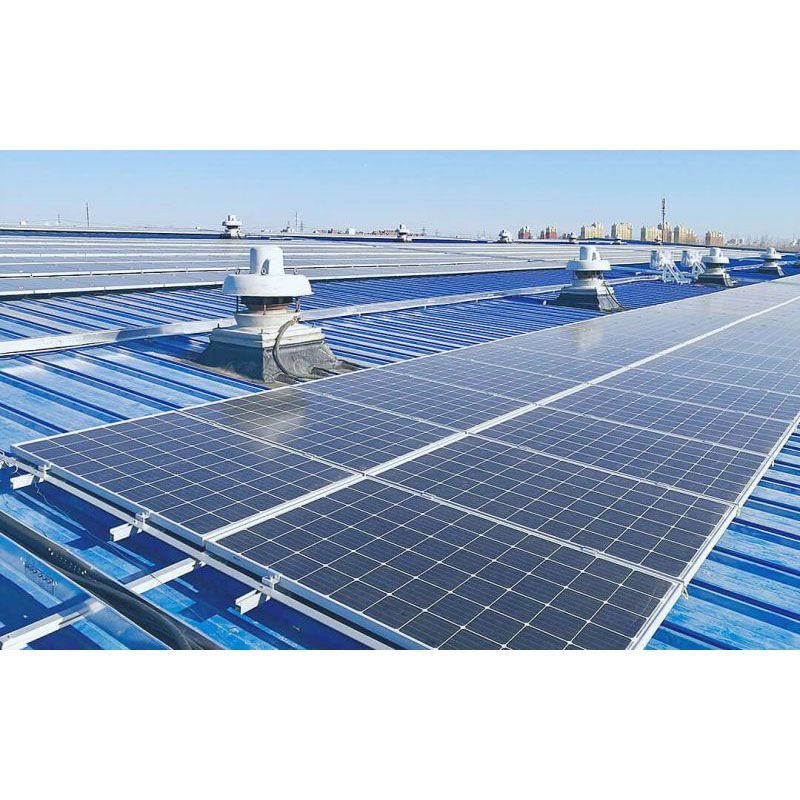Navigating Solar Panel Mounts: A Closer Look at Metal Roofs vs. Other Roofing Materials
2024-02-02
Introduction:
As the world pivots towards sustainable energy solutions, solar power emerges as a prominent player in the transition to a greener future. Installing solar panels on residential and commercial structures has become increasingly popular, prompting a closer examination of the nuances involved. One critical aspect of solar panel installation is the choice of mounting systems, which can vary significantly based on the type of roofing material. In this blog post, we delve into the distinct considerations and differences in solar panel mounts for metal roofs compared to other roofing materials.
Metal Roofs: A Sturdy Foundation for Solar Panels
Metal roofs are gaining popularity for their durability, longevity, and energy-efficient properties. When it comes to solar panel mounts on metal roofs, a few key factors set them apart from other roofing materials:
1. Clamp-on Systems:
Metal roofs often utilize clamp-on mounting systems. These systems employ clamps that securely grip onto the seams or ribs of the metal roofing, providing a stable foundation for solar panels. This method minimizes the need for roof penetrations, preserving the integrity of the metal roof.
2. Lightweight Designs:
Metal roofs are typically lightweight, which simplifies the mounting process. Solar panel mounts for metal roofs are designed to distribute the weight evenly across the roof structure, ensuring a secure installation without compromising the roof's structural integrity.
3. Corrosion Resistance:
Given that metal roofs are resistant to corrosion, the mounting systems are also designed with corrosion-resistant materials. This ensures the longevity of both the roof and the solar panel mounts, reducing maintenance requirements over time.
Other Roofing Materials: Tailoring Mounting Solutions
While metal roofs present unique considerations, mounting solar panels on other roofing materials involves distinct challenges and solutions:
1. Asphalt Shingles:
Asphalt shingle roofs require more careful consideration during the installation process. Flashing and waterproofing are crucial to prevent water infiltration. Traditional mounts may involve drilling into the roof, necessitating skilled installers to ensure a leak-free system.
2. Tile Roofs:
Tile roofs offer a visually appealing option but require specialized mounting systems. Tile hook mounts are often used, which secure the solar panels without compromising the integrity of the tiles. Installers must be well-versed in working with tile roofs to avoid breakage or damage.
3. Flat Roofs:
Flat roofs, commonly found in commercial buildings, require tilted mounting structures to optimize sun exposure. Ballasted racking systems, which use weights to secure the panels without penetrating the roof membrane, are popular for flat roofs.
Conclusion:
Choosing the right solar panel mounts is crucial for a successful and durable solar installation. Understanding the specific requirements of different roofing materials is key to ensuring a secure and efficient system. Metal roofs offer a robust foundation for solar panels, with clamp-on systems and lightweight designs catering to their unique characteristics. On the other hand, other roofing materials demand tailored solutions, such as flashing for asphalt shingles, tile hook mounts for tile roofs, and ballasted racking systems for flat roofs. By considering these nuances, solar enthusiasts can embark on a sustainable energy journey while preserving the integrity of their diverse roofing materials.



